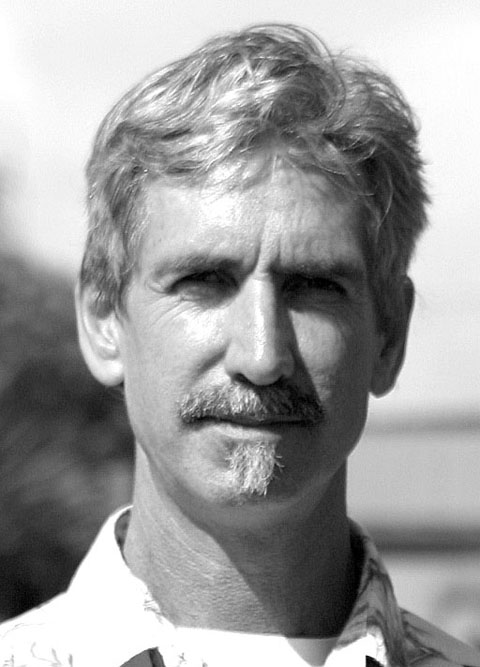A Molokai Wind Farm
Community Contributed by Steve Morgan

“These community benefits should help move the islands toward sustainable futures of their own…I expect those benefits to be substantial.” Gov. Neil Abercrombie
What will Molokai get in return?
If we allowed a wind farm on our island, is there really anything valuable enough that we would receive in return? To get a handle on this we need to take a look at what the potential benefits are. I have broken these benefits down into five primary categories:
1) Affordable and sustainable electricity. These are the benefits which have already been offered by HECO: a) Rates for Molokai to be the same as Oahu (currently this would reduce Molokai rates by 50 percent), b) Give Molokai its own sustainable power operation by 2010
2) Economic Development – restoration of Kaluakoi Hotel, Maunaloa Lodge and businesses.
3) Infrastructure Improvements – water utilities, roads, and emergency facilities (fire station) are the type of projects that would fall into this category.
4) Education Investment – scholarship funds and educational programs.
5) Cultural legacy – the permanent preservation and management of our native lands.
The idea of a benefits package is not new. Over the course of the last few years, two different plans were attempted which included the idea of benefits. One, “Buy the Ranch,” had the Molokai Community Service Council working with First Wind to purchase all of Molokai Ranch land and establish a wind farm on the west end. The benefits package was quite generous. In return for a guarantee of a 20 year term for the wind farm, ownership of Molokai Ranch would have been handed over to the Molokai community, in which a community board (not MCSC) would have directed and overseen Ranch operations. At the heart of this plan was First Wind’s estimated lease payment of $3-5 million annually for lands being used for the wind farm. The obvious block to this proposed plan was Molokai Ranch’s unwillingness to sell.
The other plan was a proposal for Molokai Ranch to pursue development at La`au Point. In return, the benefits package included the restoration of the Kaluakoi Hotel and the preservation of approximately 25,000 acres, which would have gone into the Molokai Land Trust. An additional 21,000 aces would have been placed into conservation districts. Many on our island supported this plan; however, using La`au as the financial engine received vehement opposition. Prior to adoption of the plan by the Molokai Enterprise Community, windmills were discussed as an alternative to the development of La`au in serving as a financial engine.
Conclusion
Based on the previous efforts of our community, any plan of value must take into account both the development of our economy and the ability to create a legacy for future generations in which our cultural values are protected.
So what is it that we really want? What is our plan? Or is the cost just simply too high? May Ke Akua grant us the wisdom and discernment to know.











Don't have a Molokai Dispatch ID?
Sign up is easy. Sign up now
You must login to post a comment.
Lost Password